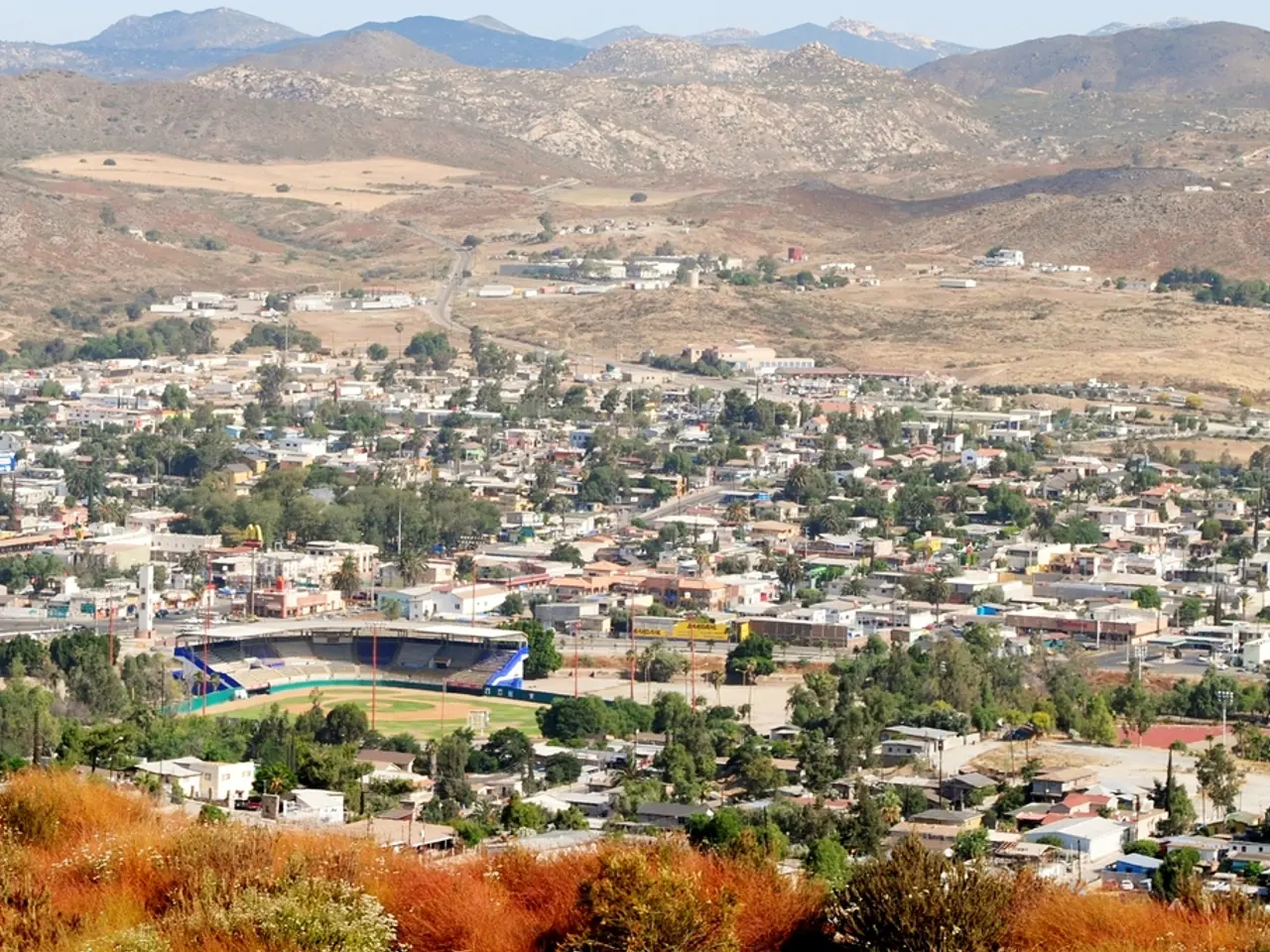Heavy rains continue to batter Pakistan, with the monsoon season claiming almost 300 lives so far. Government authorities issue a warning of further heavy rainfall next week.
Monsoon Floods Cause Devastation in Northern Pakistan, Claiming Over 300 Lives
The monsoon season in Pakistan has intensified starting from August 4, 2025, leading to severe flooding across northern and other parts of the country.
The deadly floods have resulted in over 300 deaths and widespread infrastructure collapse, particularly in urban areas. According to the latest reports, the regions most affected include Khyber Pakhtunkhwa, Balochistan, Sindh, Gilgit-Baltistan, Azad Kashmir, and Punjab.
Since June 26, the monsoon rains have been relentless, causing the death of 299 people in Pakistan. The government reported damage to over 1,600 homes, with urban flooding being the major cause of infrastructure collapse and loss of life.
Climate change has significantly contributed to these extreme weather events, with rainfall intensity increasing by approximately 15%. Similar extreme rainfall episodes are expected every five years in the current warmed climate.
The timing and concentration of rains, combined with factors such as rapid urbanization, inadequate drainage, and conversion of wetlands to farmland, have worsened the flood impacts. Heatwaves preceding and during the monsoon have also amplified atmospheric moisture, contributing to heavier rainfall.
Heavy rains may continue to generate flash floods in various regions of Pakistan from August 5-7, including Chitral, Dir, Swat, Shangla, Mansehra, Kohistan, Abbottabad, Buner, Charsadda, Nowshera, Swabi, Mardan, Murree, Galliyat, Islamabad/Rawalpindi, northeast Punjab, and Kashmir.
The Pakistan Meteorological Department (PMD) has encouraged the public, travelers, and tourists to stay updated with the latest weather conditions and has warned of urban floods in low-lying areas of Islamabad, Rawalpindi, Gujranwala, Lahore, and Sialkot cities of Punjab from Aug. 5-7.
The PMD has also warned of potential landslides or mudslides in vulnerable hilly areas of Khyber Pakhtunkhwa, Gilgit-Baltistan, Murree, Galliyat, and Kashmir during the forecast period.
It's important to note that Pakistan, a climate-vulnerable nation, has witnessed increasingly erratic weather events in recent years. In May, at least 32 people were killed in severe storms in Pakistan.
As of the latest report from the National Disaster Management Authority, a total of 715 people have been injured in rain-related incidents since June 26, with 239 of them being children, 272 males, and 204 females.
The PMD has not issued any new reports about the number of deaths in each province since the latest report on June 26, nor have they issued any new reports about the total number of people injured since then.
The PMD has advised the public, travelers, and tourists to avoid unnecessary travel to vulnerable areas to prevent any untoward situations.
[1] Climate Change News and Information: https://www.climate.gov/news-features/understanding-climate/climate-change-intensifies-monsoon-rains-pakistan [2] The New York Times: https://www.nytimes.com/2022/08/14/world/asia/pakistan-floods-climate-change.html [3] BBC News: https://www.bbc.com/news/world-asia-62304753 [4] The Guardian: https://www.theguardian.com/world/2022/aug/10/pakistan-floods-death-toll-passes-1000-as-heavy-rain-continues-to-fall
Note: This article is generated by a language model and may not contain the latest updates. Always refer to official sources for the most accurate information.
- The World Meteorological Department highlighted that climate change has been a significant factor in intensifying monsoon rains in Pakistan, contributing to the devastating floods and infrastructure collapse.
- The east of Pakistan, particularly the regions of Khyber Pakhtunkhwa, Balochistan, Sindh, Gilgit-Baltistan, Azad Kashmir, and Punjab, have been significantly impacted by the recent monsoon-induced floods, resulting in the loss of hundreds of lives.
- Artists from around the world have been using their artwork to raise awareness about the environmental science behind climate change, particularly as it relates to the extreme weather events, such as the recent flooding in Pakistan.
- As climate change continues to worsen, it is crucial for nations like Pakistan to invest in environmental-science research and implement policies aimed at mitigating the effects of climate change, such as improving infrastructure to better handle extreme weather events.








